Why The Neuroscience of Attention is Key for Branding
Key points for brands about the neuroscience of contrast:
The neuroscience of attention teaches us that there are two fundamental sources: endogenous (from within), and exogenous (from the environment)
Driving exogenous attention in the brain is all about creating sharp contrast
These principles of attention can applied across a variety of marketing contexts - from UX, to advertising, to product packaging
Throughout history, many great minds have remarked on the crucial importance of attention. The Stoics famously proclaimed that “you are what you pay attention to”. The Poet Mary Oliver remarked that “Attention is the beginning of devotion”. However you cut it, attention is one of the most precious assets.
So what determines what consumers pay attention to?
While a variety of factors are at play, there's a clear neuroscience of attention. We can see this most clearly in the realm of consumer behavior, where brands are perpetually competing for this finite resource.
What you pay attention to comes from one of two sources.
First, there’s endogenous attention - you have a particular goal, and you actively seek out what you want to pay attention to. Think about endogenous attention as going to the store with a particular list of items - you’ll actively seek these out and delegate your attention in their direction.
Crucially, there’s another form: exogenous attention. You weren’t planning for it, but something from the external world captures your attention. What if, in the store, you find yourself being drawn in to say - free samples, flashy lights, or catchy packaging? Your attention now is being driven exogenously.
And it’s this second form of attention that is most key for brands to understand.
How The Brain Pays (Exogenous) Attention
Realize first that the world is a complex, detailed, and never-ending stream of data. The brain can’t take in all of it, nor would we want it to. The psychologist Timothy Wilson calculates that we’re only able to consciously attend to about 0.0004 percent of the available information at any given time. So in order to cope with this complexity, your brain naturally prioritizes certain elements of the experience over others. To do this, your brain needs to take shortcuts.
You can think of these shortcuts as the automatic drivers of exogenous attention. And the biggest shortcut of all is contrast. Your exogenous attention is driven by what’s different in your environment. A pink dot in a big array of other pink dots doesn’t create any contrast. But a pink dot on a black background? Very high contrast, and therefore, very likely to drive your attention to it.
Creating contrast is all about maximizing the difference between the background, the general environment, and the foreground. At a simple visual level, the brain is biased to pay higher attention to high-contrast objects—white against black, yellow against red, and so forth.
If everything is static, the object that’s moving will drive attention. If everything is moving, the object that’s static is the one that stands out. It all comes back to contrast.
A contrast-based design choice can drive exogenous attention. If you’re running a billboard ad, look at the other billboards in the area. How can you stand out visually?
Some brands have gone to great lengths to do this - they drive contrast by having a billboard which is deliberately tilted 75 degrees, making it stand out among the standard to be straight and measured. In simple ways, brands can surprise their consumers, and in doing so, drive their attention.
Applying Contrast to Drive Attention
Brands can apply this element of consumer psychology in a variety of settings. Consider product packaging for example. When your consumers are scanning the aisle, where are their eyes naturally going to fall?
All things being equal, they’re going to be drawn to the highest contrast packaging. And when thinking about UX - if you want to drive attention to a particular area of the screen, or a particular option you want users to click on, make sure it’s optimized for contrast.
So think about attention for your customers. At each stage of the customer journey - whether in digital, or physical environments, where should attention ideally go? Think of marketing activations where the goal is to grab attention. By understanding the implications of this, you’ll be able to drive attention, and ultimately, engagement with your brand.
Photo via Tim Mossholder on Unsplash

